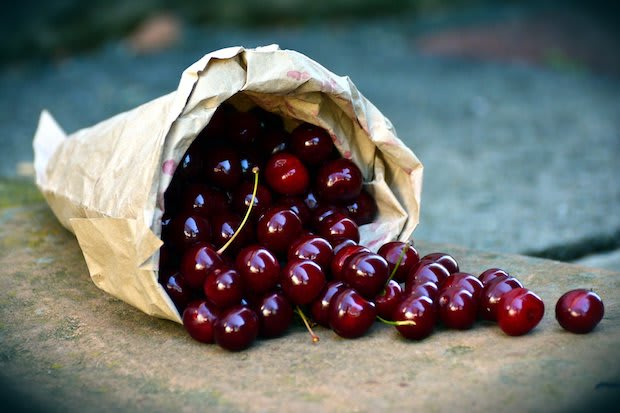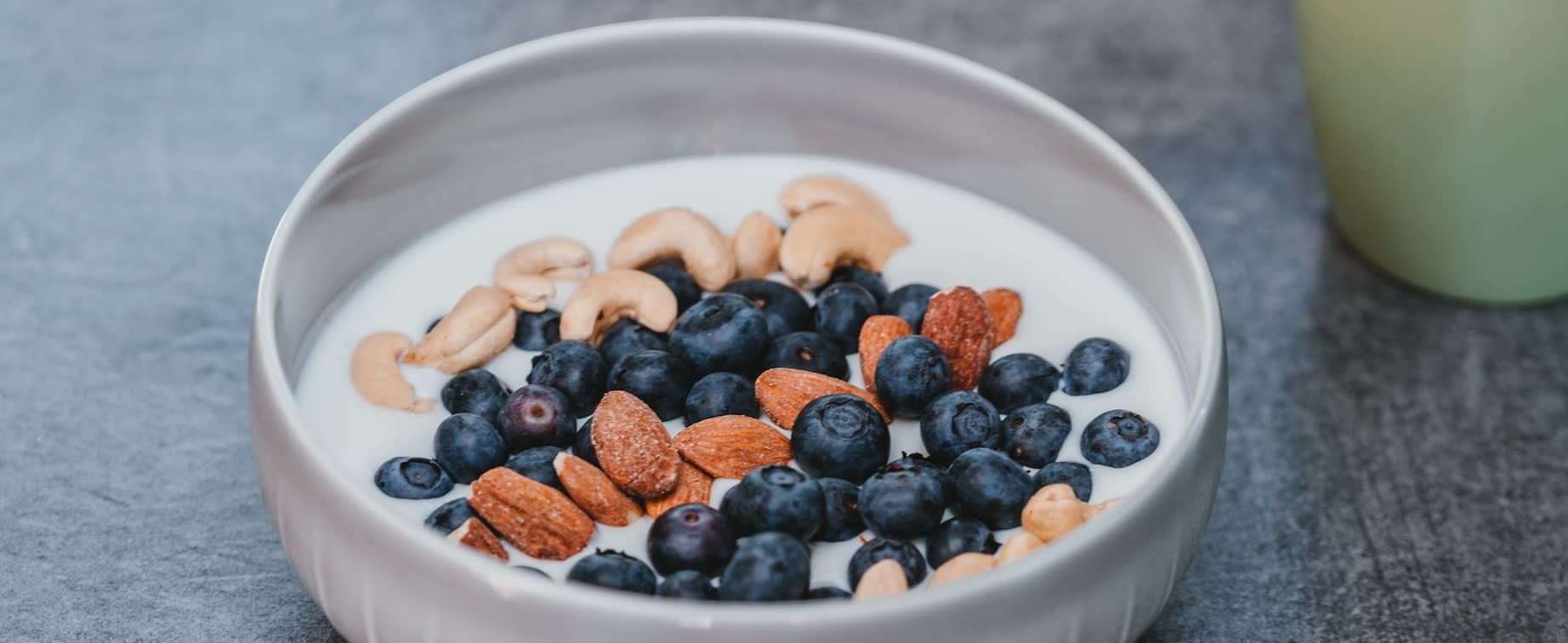Table of Contents
I. The Goals of a Gout-Friendly Diet
II. Specific Foods that Reduce Attacks
III. An Example of a Gout-Friendly Diet
The Goals of a Gout-Friendly Diet
Gout attacks can be very painful. Gout is a type of arthritis, and it flares up when high levels of uric acid accumulate in the blood and form crystals around the joints. Uric acid is produced when your body breaks down purine. Everyone has natural levels of purine in their bodies, but eating certain foods can increase purine to unhealthy levels. Gout is commonly treated with medications like colchicine, Zyloprim (allopurinol), or indomethacin (or indomethacin suppositories). Contact your doctor if you are experiencing joint pain, swelling, or inflammation indicative of gout.
The goal of a gout-friendly diet is to decrease uric acid levels in your blood, so gout attacks become less frequent. A gout-friendly diet can help slow the progression of joint damage and be one of your best tools to manage the condition. In addition to high uric acid levels, being overweight can put extra stress on your joints and worsen gout pain. The right diet can help you achieve a healthy weight and keep your joints functioning for longer. [1] Choosing the right foods to include in your gout-friendly diet comes down to several principles. If you want to eat carbohydrates, you’ll want to look for complex carbs and avoid simple sugars. This means eating more fruits, vegetables, and whole grains while limiting processed foods that usually contain high-fructose corn syrup and additives. You may also want to cut back on saturated fats that are found in red meat and high-fat poultry and dairy products. Finally, sourcing your protein from lean meat or lentils can keep your diet low in fat. [1] Organ and other glandular meats like liver, kidney, and sweetbreads are high in purine and should be avoided. While certain kinds of seafood like anchovies, sardines, and tuna are high in purine, seafood can have health benefits that outweigh its risks. Some vegetables like spinach and asparagus are high in purine, but studies have shown that they do not contribute to gout. [1] When it comes to beverages, some research suggests that a moderate amount of coffee may reduce the risk of gout. However, beer and distilled liquors can increase the risk of gout and subsequent gout attacks. Whenever possible, choose water as your source of hydration. [1] Cherries are especially great for reducing the number of gout attacks. Cherries are full of vitamin C, which can help lower uric acid. You can ask your doctor about vitamin C supplements that go well with your diet and treatment plan. Kiwifruits, bell peppers, strawberries, oranges, and papayas are all great ways to increase your vitamin C intake naturally. [2] Coming up with foods that fit the criteria of a gout-friendly diet can be tough. Knowing what you’ll be eating throughout the day can help when it comes to buying groceries and food preparation. Read below for an example of gout-friendly meals. Start your day with some whole-grain, unsweetened cereal with low-fat milk. You can pair that with one cup of strawberries and a choice of coffee or water. For lunch, work up your appetite with a mixed greens salad with one tablespoon of nuts, balsamic vinegar, and olive oil dressing. You can also have two ounces of roasted chicken breast slices on a whole-grain roll, topped off with mustard or other low-fat condiments of your choice. If you get hungry between lunch and dinner, reach for a cup of fresh cherries, and remember to stay hydrated by drinking water. Dinner can consist of steamed green beans, one cup of whole-grain pasta with olive oil and lemon pepper, three to four ounces of roasted salmon, and low-fat yogurt. Finish it off with a cup of fresh melon for dessert. You may also want to avoid caffeine at night and choose a herbal tea instead. [1] When starting a gout-friendly diet, consult your doctor or a dietician to ensure the foods you choose work well with your treatment plan. Medications like colchicine, Zyloprim (allopurinol), or indomethacin (or indomethacin suppositories) can be more effective in improving your gout when paired with the right diet. After some initial trial and error, you will hopefully find a diet that reduces the frequency of your gout attacks and reduces pain. In the short term, changing your dietary habits can be hard, but the results will make it worthwhile. [3] The content in this article is intended for informational purposes only. This website does not provide medical advice. In all circumstances, you should always seek the advice of your physician and/or other qualified health professionals(s) for drug, medical condition, or treatment advice. The content provided on this website is not a substitute for professional medical advice, diagnosis, or treatment.
Specific Foods that Reduce Attacks

An Example of a Gout-Friendly Diet
a. Breakfast
b. Lunch
c. Afternoon Snack
d. Dinner

Reaping the Results
